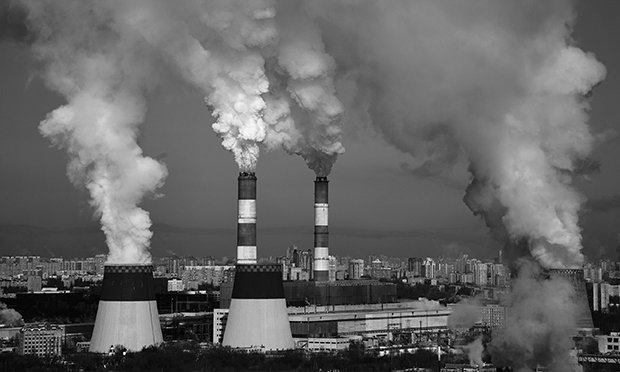 Industrial activities can have a significant impact on environmental threats such as climate change and pollution. (Photo: Shutterstock)
Industrial activities can have a significant impact on environmental threats such as climate change and pollution. (Photo: Shutterstock)
The growth of the global economy has led to a rising concern among the public, media, businesses and politicians about environmental damage and its effects. When human activity causes damage to the environment, protection is needed for nature and health. Companies bear environmental risks and can be held liable for damage, even when not acting negligently.
Recommended For You
Want to continue reading?
Become a Free PropertyCasualty360 Digital Reader
Your access to unlimited PropertyCasualty360 content isn’t changing.
Once you are an ALM digital member, you’ll receive:
- Breaking insurance news and analysis, on-site and via our newsletters and custom alerts
- Weekly Insurance Speak podcast featuring exclusive interviews with industry leaders
- Educational webcasts, white papers, and ebooks from industry thought leaders
- Critical converage of the employee benefits and financial advisory markets on our other ALM sites, BenefitsPRO and ThinkAdvisor
Already have an account? Sign In Now

